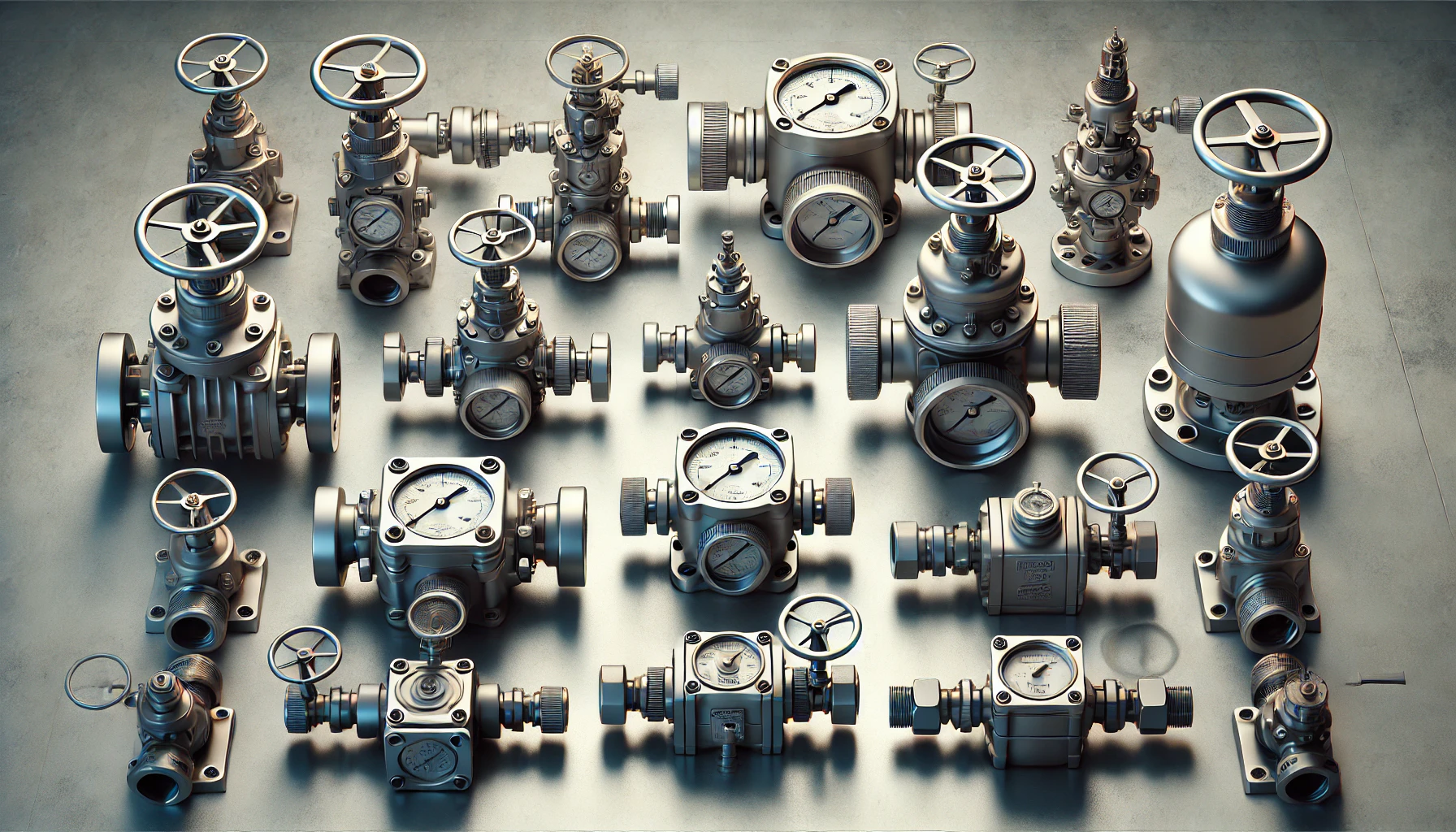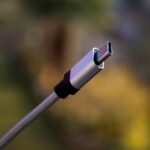
Introduction
Pressure reducing valves (PRVs) play a vital role in various fluid systems by ensuring consistent and safe downstream pressure. They are essentially guardians, constantly monitoring and adjusting fluid flow to maintain a pre-set pressure level. Understanding the functionality of bespoke valves ensures the selection and implementation of the most suitable valve for your specific needs. Let’s discuss the functionalities of PRVs and uncover their working principles, applications, and key considerations for selection and maintenance.
What are Pressure Reducing Valves? Exploring Their Significance
Pressure reducing valves, also called pressure regulators or pressure safety valves, are devices designed to reduce the pressure of a fluid in various systems. These valves can effectively manage pressure by lowering it from a higher input level to a lower, more manageable output level. PRVs are essential for maintaining the safety and efficiency of fluid systems by preventing excessive pressure that can cause damage to equipment and piping. A water pressure regulator is necessary for the proper functioning of systems that rely on consistent pressure levels, such as water supply networks, hydraulic systems, and various manufacturing processes. Additionally, using a pressure-reducing valve in various systems translates into cost savings, safety, efficiency, and prolonged equipment life.
Taming the Flow: The Mechanics of Pressure Reducing Valves
Pressure control valves operate on a fundamental yet effective principle: balancing upstream pressure against a controlled opposing force. These valves typically consist of three main components: a valve seat, a diaphragm or piston, and a spring. Let’s easily understand the operation principle of PRVs by breaking down its mechanism:
- Sensing Pressure: The valve continuously monitors the downstream pressure through a diaphragm or piston connected to a sensing line.
- Opposing Force: A spring provides a constant opposing force to the downstream pressure. The spring tension is adjustable, allowing for customisation of the desired downstream pressure.
- Balancing the Forces: When the downstream pressure rises above the set point, it exerts more force on the diaphragm or piston. This force overcomes the spring tension, pushing the valve towards a closed position, restricting flow and reducing downstream pressure. Conversely, if the downstream pressure falls below the set point, the spring pushes the valve open, allowing more flow to increase pressure.
This continuous interplay between the downstream pressure, spring tension, and valve position ensures a stable and regulated downstream pressure regardless of upstream pressure fluctuations or variations in flow demand.
Types of PRVs Based on Their Actuation Method
Pressure relief valves can be categorised based on their actuation method, which refers to the mechanism used to trigger the opening of the valve. These include:
- Self-Contained PRVs – These valves rely solely on the downstream pressure and spring force for operation. They are simpler in design but may be less responsive to rapid pressure changes.
- Pilot-Operated PRVs – These valves utilise a pilot mechanism that senses and amplifies the downstream pressure signal. This allows more precise and faster regulation, particularly in applications with significant pressure fluctuations.
Selecting the Best Pressure Reducing Valve: Critical Selection Parameters
Choosing the right PRV for your application is crucial for optimal performance and system protection. Here are some key considerations:
- Material Selection: The valve material should be compatible with the fluid being handled and withstand the expected pressure and temperature conditions.
- Desired Downstream Pressure: The valve needs to be rated for the desired pressure reduction.
- Fluid Type: Different fluids have varying properties, and the PRV needs to be compatible with the specific fluid being used.
- Size and Connection Type: The valve should be the size and connection type of the existing piping system.
- Maximum Flow Rate: The PRV must be able to handle the maximum flow expected in the system.
- Pressure Rating: The PRV’s pressure rating should be appropriate for the maximum upstream pressure and desired downstream pressure.
- Application Requirements: Factors like pressure fluctuations, response time needs, and environmental conditions need to be considered.
Real-World Applications of Pressure Reducing Valves: Guardians Across Industries
PRVs find versatile applications across multiple industries due to their ability to control and protect fluid systems. Some key areas where they are employed include:
- Plumbing Systems: In residential and commercial buildings, PRVs safeguard against excessively high water pressure that can damage fixtures, appliances, and pipes. In addition, they ensure safe and consistent water pressure for showers, taps, and other water-using equipment.
- Industrial Processes: PRVs regulate pressure in pipelines carrying fluids like oil, gas, steam, and chemicals in various industrial processes. They protect equipment from damage caused by excessive pressure and ensure optimal performance in processes like hydraulic systems, irrigation, and compressed air lines.
- Fire Protection Systems: PRVs maintain consistent water pressure in sprinkler systems, ensuring adequate water flow for effective fire suppression.
Bottom Lines
Pressure reducing valves play an essential role in regulating fluid pressure across various industries. Their ability to maintain consistent downstream pressure safeguards equipment, optimises processes, and ensures safety. Understanding how PRVs function and selecting the right valve for your application is crucial for reliable and efficient fluid system operation. So, the next time you turn on the tap or witness the smooth operation of industrial machinery, remember the silent guardian behind the scenes – the pressure reducing valves.





















